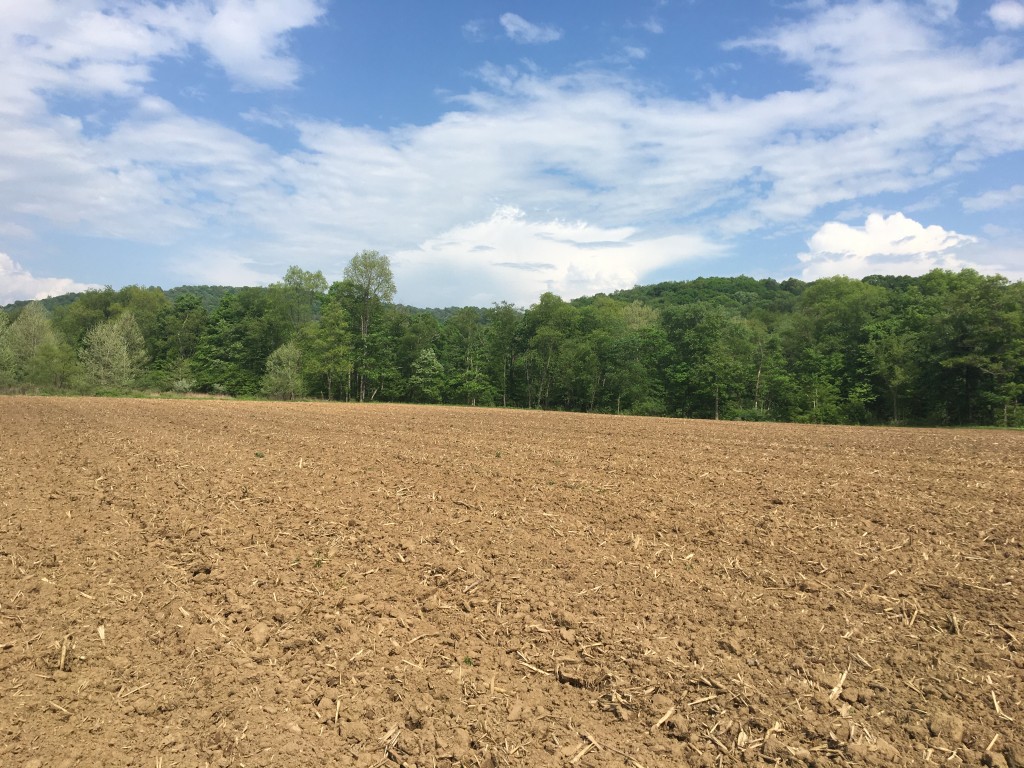Early this spring Robert Szczotka, a graduate student in the applied archaeology program at the Indiana University of Pennsylvania (IUP), conducted research at the Mary Rinn Preserve as part of his thesis research. His work included a ground-penetrating radar (GPR) survey and limited test excavations.
The Mary Rinn site is identified as a prehistoric village in southwestern Pennsylvania that dates to the Late Woodland period. Previous excavations that took place at the site in the 1970s, 1990s, and early 2000s uncovered evidence of a stockade, house patterns, and other features. The property was acquired by the Conservancy in 1999.
While the site shares similarities with Monongahela village sites in the region, some of the artifact styles that have been found suggest the people at this site may have been influenced by other cultural groups as well. This makes it difficult to ascertain with certainty a cultural affiliation for the site. It is hoped that further research will help better define the period of occupation and cultural groups that were present at Mary Rinn.
Sczotka, under the supervision of IUP Associate Professor William Chadwick, used GPR to further investigate stockade features that had been identified during previous research, including a GPR survey carried out by IUP graduate student Amanda Telep in 2017. The most recent work is investigating arching features that appear to extend beyond the previously surveyed area. Limited test excavations were carried out to verify if the anomalies are actually stockades, and to also investigate other possible features. Hopefully this work will shed light on how the site was organized, and how it possibly grew over time. Better understanding these aspects of the site could improve archaeologists’ understanding of how the people at Mary Rinn defined themselves and interacted with other groups in the region.




